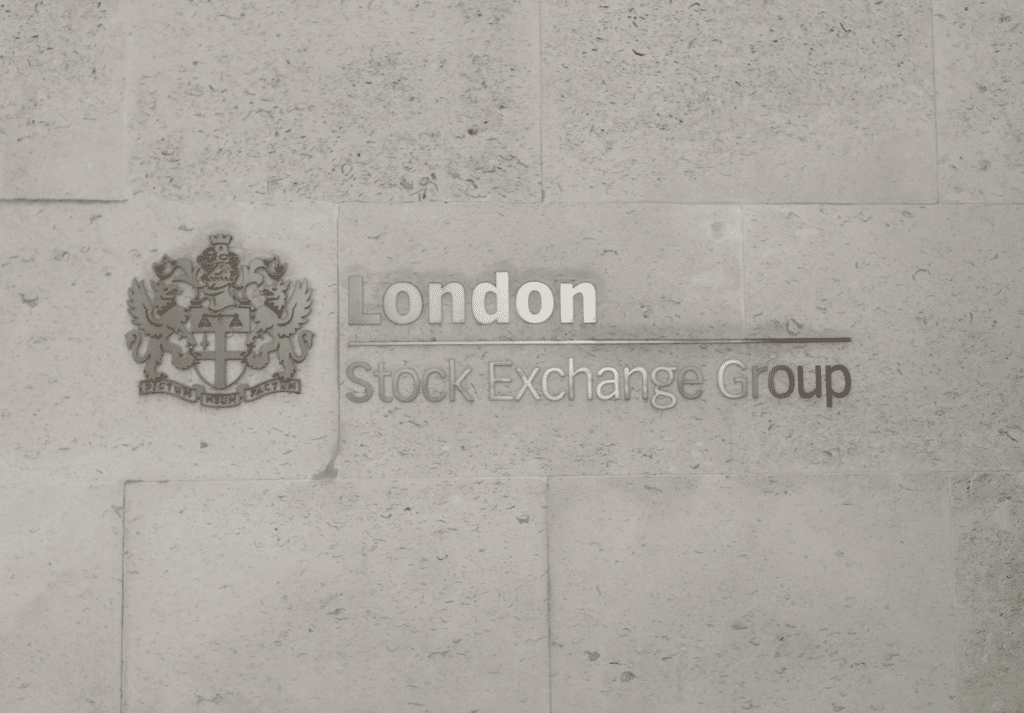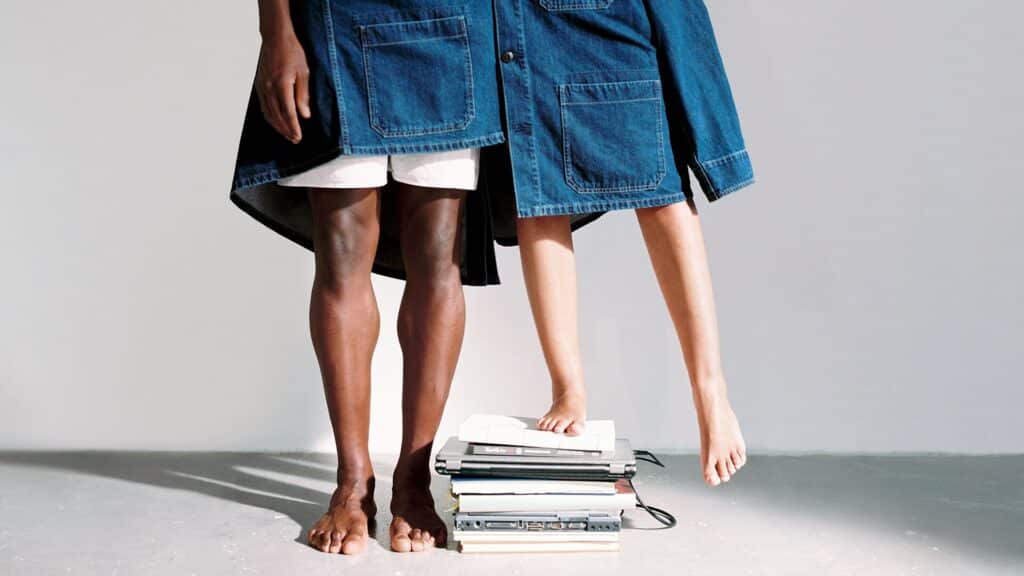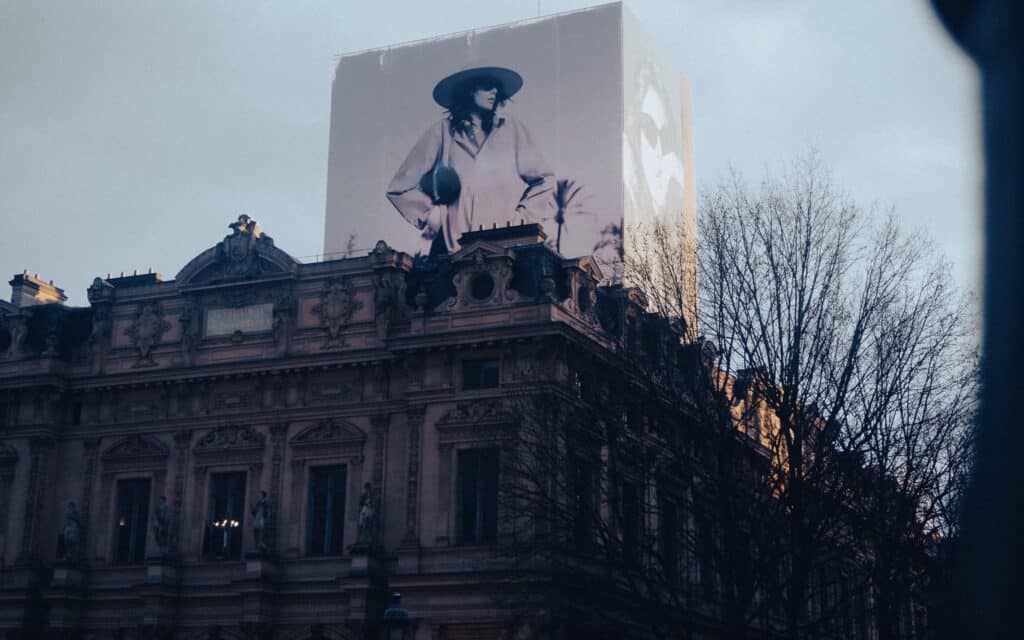LVMH Moët Hennessy Louis Vuitton reported revenue of €20.3 billion ($22.96 billion) for the first quarter of 2025, down 2 percent year-over-year (3 percent on an organic basis), as macroeconomic turbulence and persistent geopolitical tensions continued to weigh on global luxury demand. Despite a challenging environment, the world’s largest luxury group emphasized its “resilience and powerful innovative momentum,” particularly across Fashion & Leather Goods and selective maisons in Watches & Jewelry.
Regionally, Europe saw growth on a constant consolidation scope and currency basis, while the U.S. experienced a slight decline, and Japan was down year-over-year following a high base in Q1 2024 driven by Chinese consumer spending. The rest of Asia delivered trends comparable to the same quarter last year.
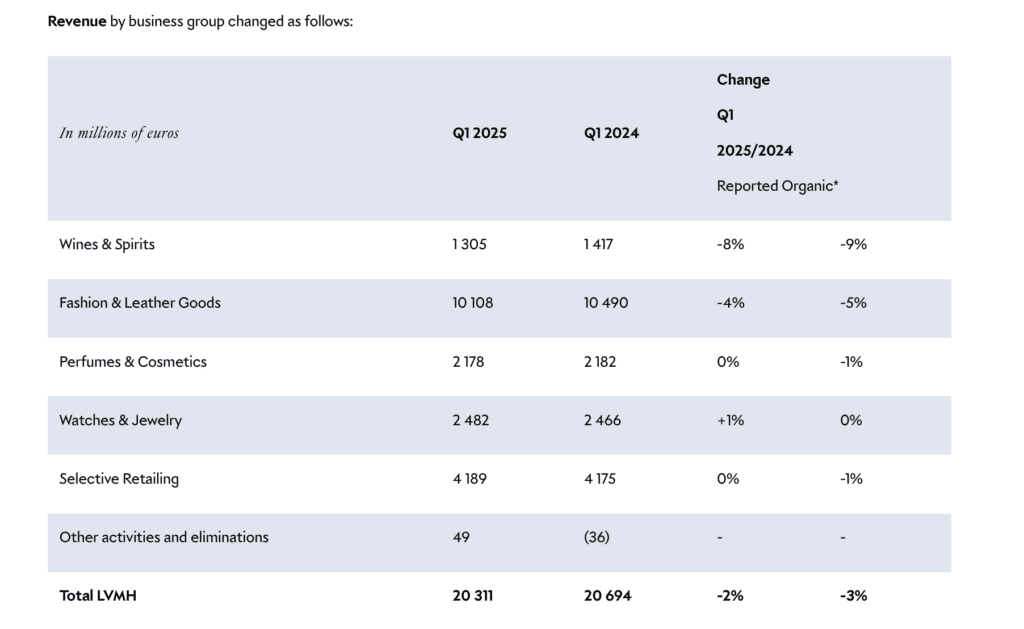
LVMH posted mixed results across its core business groups, with Fashion & Leather Goods revenue falling 4 percent YoY to €10.1 billion (down 5 percent organically), though the group cited strong performances from flagship brands like Louis Vuitton and Christian Dior. Perfumes & Cosmetics: Held steady at €2.18 billion (flat YoY, down 1 percent organically), as Dior, Guerlain, and Givenchy drove momentum in fragrance and skincare, while Watches & Jewelry: Marginal growth of 1 percent YoY to €2.48 billion (flat organically), buoyed by Tiffany & Co. and creative initiatives from Bvlgari and TAG Heuer.
In terms of category takeaways … Fashion & Leather Goods: Louis Vuitton says that it generated buzz with the relaunch of its collaboration with Japanese artist Takashi Murakami, 20 years after their original team-up, resulting in strong sell-throughs across bags and ready-to-wear. Wines & Spirits: Moët & Chandon returned as Official Champagne of Formula 1 but still saw a moderate decline in Champagne demand as the market continues to normalize post-pandemic. Perfumes & Cosmetics: Dior remained the standout with blockbuster sales of J’adore, a strong showing from Dior Homme, and new entries in its high perfumery line.
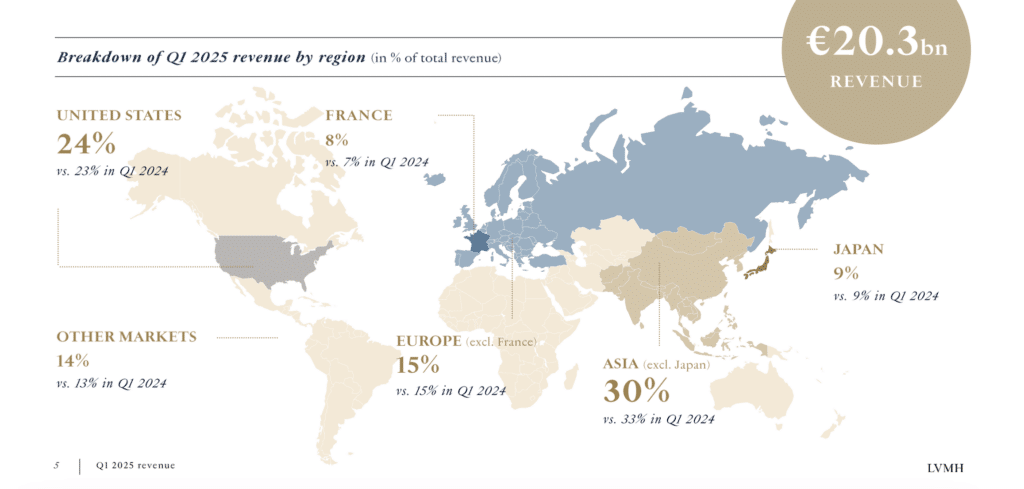
Watches & Jewelry: Tiffany & Co. continued to expand its Landmark-inspired retail concept globally and further developed its core collections. Bvlgari spotlighted its iconic Serpenti motif with art-driven experiences in Shanghai and Seoul. TAG Heuer reasserted its Formula 1 ties as Official Timekeeper. Selective Retailing: Sephora led the way with continued retail expansion in North America and solid in-store performance. Duty-free chain DFS, by contrast, remained under pressure from international market softness.
In a call on Monday, LVMH Chief Financial Officer Cecile Cabanis confirmed that “aspirational clientele is always more vulnerable in less positive economic cycles and uncertainties, and it might have had some impact in the recent weeks, but rather on categories like wines and spirits and beauty.” As for the looming impact of Trump-imposed tariffs, Cabanis said, “We all need to stay very calm because we are in unknown territories. This is not under our control.”
LVMH’s Market Cap
The most interesting aspect of the LVMH revenue report is the impact on its share price, which fell by 7 percent. No small matter, the French conglomerate’s post-earnings market capitalization dropped to 246 billion euros, compared to 247 billion euros for Hermès, a fact that has not been lost on analysts.
The market cap comparison “reflects diverging performance and investor sentiment about the two companies,” said Jelena Sokolova, senior equity analyst at Morningstar, referring to LVMH and Hermès. “Sokolova pointed to LVMH’s larger exposure to the lower end of the luxury spectrum, whereas the wealthier client base of Hermès allowed it to better weather an industry downturn,” per Reuters.
>> LVMH v. Hermès: The revenue-centric rival is also striking in light of LVMH’s failed effort to acquire Hermès. As TFL previously reported, in 2010, LVMH, led by chairman and CEO Bernard Arnault, discreetly acquired a 14.2 percent stake in Hermès by utilizing equity derivatives, a strategy that allowed them to bypass mandatory disclosure thresholds. In response, the family consolidated their shares into a holding company, securing over 50 percent of Hermès’ capital to thwart any hostile takeover attempts.
The ensuing legal battles and public disputes culminated in 2014 when LVMH agreed to distribute its 23.2 percent stake in Hermès to its shareholders and committed not to acquire any Hermès shares for the following five years, effectively ending the takeover attempt.











